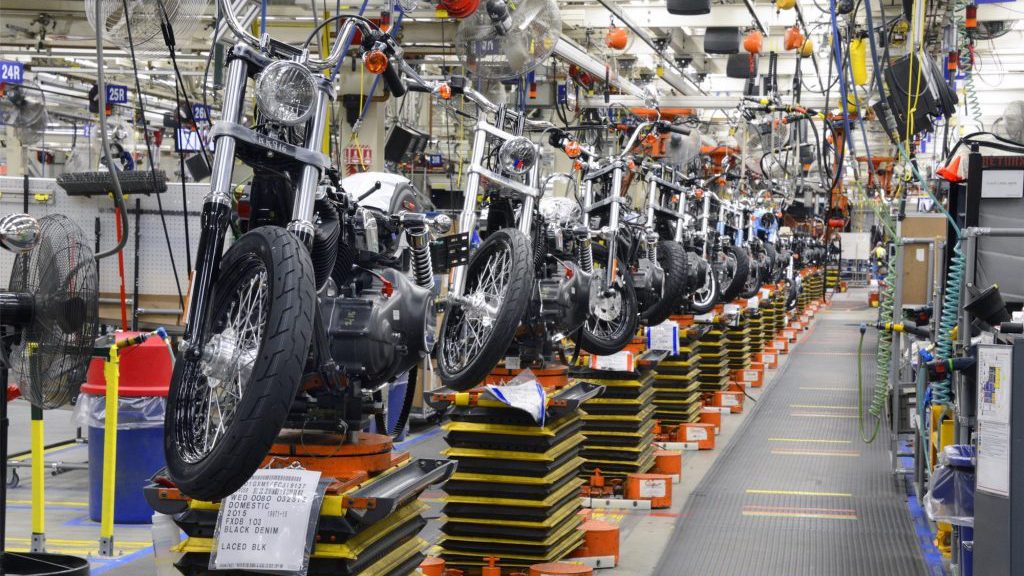
How to Prep a Motorcycle Tank for Paint: Essential Steps
Share
Are you a tech enthusiast or a motorcycle modification expert embarking on a painting project? Learning how to prep a motorcycle tank for paint is crucial for achieving a flawless finish. Whether you're changing the color or restoring a vintage bike, this guide will take you through every necessary step.
Prepping your motorcycle tank is more than just slapping on a coat of paint. It involves several meticulous processes that ensure not only the adherence of the paint but also its longevity and appearance. Here, we will delve deep into the necessary techniques, tools, and tips that you need to know.

Understanding the Importance of Tank Preparation
Before we dive into the steps, it is vital to understand why preparation is key. When you clear away old paint, rust, and grease, you're allowing the new paint to stick properly, leading to a longer-lasting finish. Moreover, thorough prep work prevents defects which may require extensive rework, as discussed in this article on reducing paint defects.
Gather Essential Tools and Materials
Before starting the prep, make sure you have the following tools and materials at hand:
- Screwdrivers (flathead and Phillips)
- Sandpaper (various grits)
- Dust mask and goggles
- Rags and cleaning solvents
- Primer and paint
- Clear coat
- Tape and plastic sheeting
Step-by-Step Process to Prep Your Motorcycle Tank
1. Remove the Tank from the Motorcycle
Start by safely detaching the fuel tank from your motorcycle. Make sure you turn off the fuel petcock and remove any hoses. This can usually be done with basic tools. Always remember to place screws and small parts in a labeled container for easy reassembly.
2. Clean the Tank Thoroughly
Using a suitable cleaning solvent, wipe down the tank to remove any grease or grime. This step is critical as any contaminants left on the surface will affect the paints adhesion.
3. Sanding the Surface
Using sandpaper, start sanding the surface to remove any old paint. Begin with a coarser grit (around 80) and gradually progress to a finer grit (220). This process not only helps in removing the paint but also in smoothing out any imperfections.
4. Repairing Dents and Scratches
If you notice any dents, use body filler to smoothen the surface. Apply it according to the manufacturer's instructions, and once dried, sand it down for a seamless finish.
5. Cleaning Dust and Debris
After sanding, ensure the tank is free of dust and debris. Wipe it down carefully with a clean rag. Its worth mentioning that using a tack cloth can be beneficial for picking up fine particles.
6. Masking
Now its time to mask areas that should not be painted. Use painter's tape and plastic sheets to protect hoses, screws, and other components.
7. Priming the Surface
Applying a primer is essential for achieving good paint adhesion. Use a primer that is compatible with your paint type. Spray an even coat and allow it to cure properly as per the instructions on the primer.
8. Painting the Tank
Move on to spraying the paint. Hold the spray can about 6-8 inches away from the surface and apply smooth strokes. Don't rush; instead, apply multiple light coats, allowing each one to dry before adding the next. For more guidance on painting techniques, refer to this article on painting a motorcycle frame.
9. Applying Clear Coat
After your paint has dried, apply a clear coat to protect the finish. This coat enhances the paints longevity and adds depth. Wait for it to fully dry before handling.
10. Reassemble the Tank
Finally, once everything is dry, you can reattach the tank to your motorcycle. Make sure everything is tightened securely to avoid leaks.
Tips for a Successful Paint Job
- Work in a well-ventilated area to avoid inhaling harmful fumes.
- Practice your spray technique on a scrap piece or cardboard before painting the actual tank.
- Dont rush the drying times; they're crucial for a long-lasting finish.
Common Mistakes to Avoid
- Skipping primer can lead to poor adhesion.
- Not cleaning thoroughly, which can trap dirt under the paint.
- Applying paint too thickly may lead to runs and drips.
FAQs About Motorcycle Tank Painting
1. How long does it take for the paint to cure?
Typically, it takes 24 hours for the paint to cure sufficiently, but always check the manufacturer's recommendations.
2. Can I use spray cans for painting my motorcycle tank?
Yes, using spray cans is a common practice. For details on spray can techniques, check this resource on painting with spray cans.
3. What's the best weather for painting?
The best weather for painting is when temperatures are between 70 and 85 degrees Fahrenheit, with low humidity.

Final Thoughts
Prepping a motorcycle tank for paint is a skilled process that demands attention to detail and patience. Following these steps diligently can lead to stunning results that elevate your motorcycle's aesthetics. Whether it's a full-color change or just refreshing the tank, the time you invest in preparation will pay off in a lasting finish.
